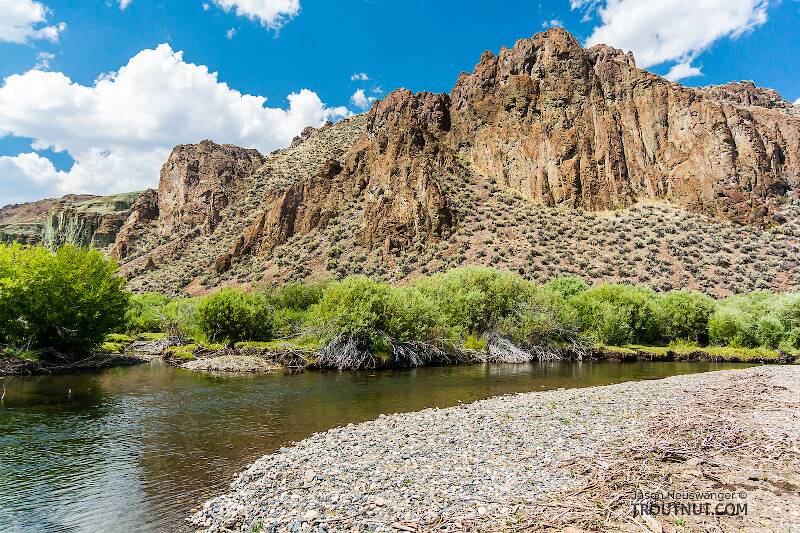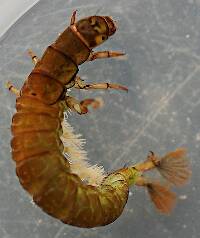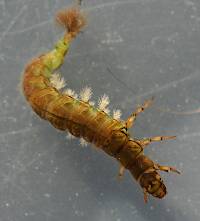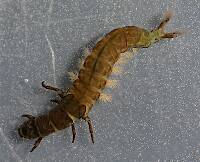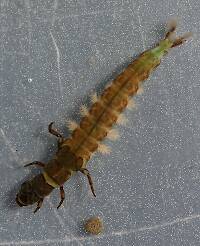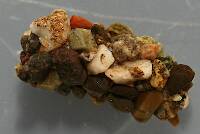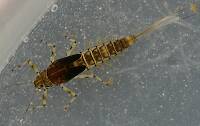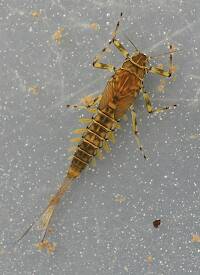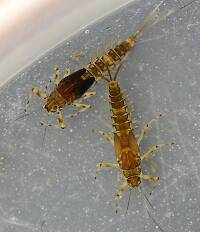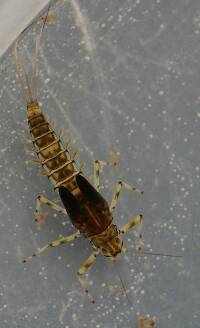
Blue-winged Olives
Baetis
Tiny Baetis mayflies are perhaps the most commonly encountered and imitated by anglers on all American trout streams due to their great abundance, widespread distribution, and trout-friendly emergence habits.
Featured on the forum

Troutnut is a project started in 2003 by salmonid ecologist Jason "Troutnut" Neuswanger to help anglers and
fly tyers unabashedly embrace the entomological side of the sport. Learn more about Troutnut or
support the project for an enhanced experience here.
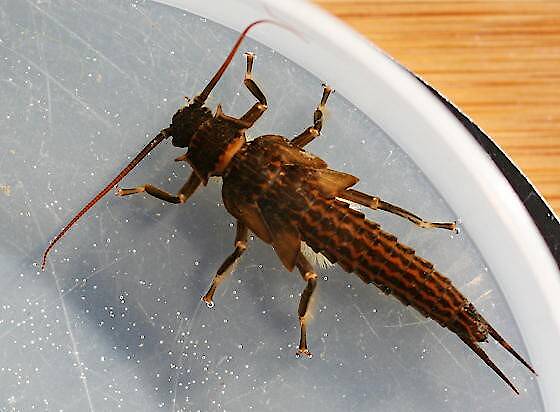
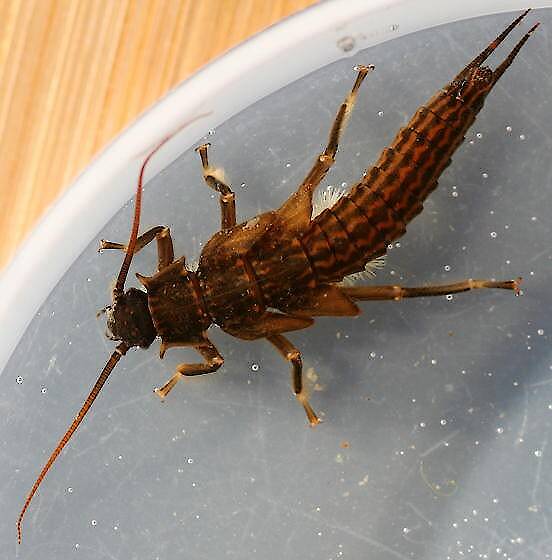
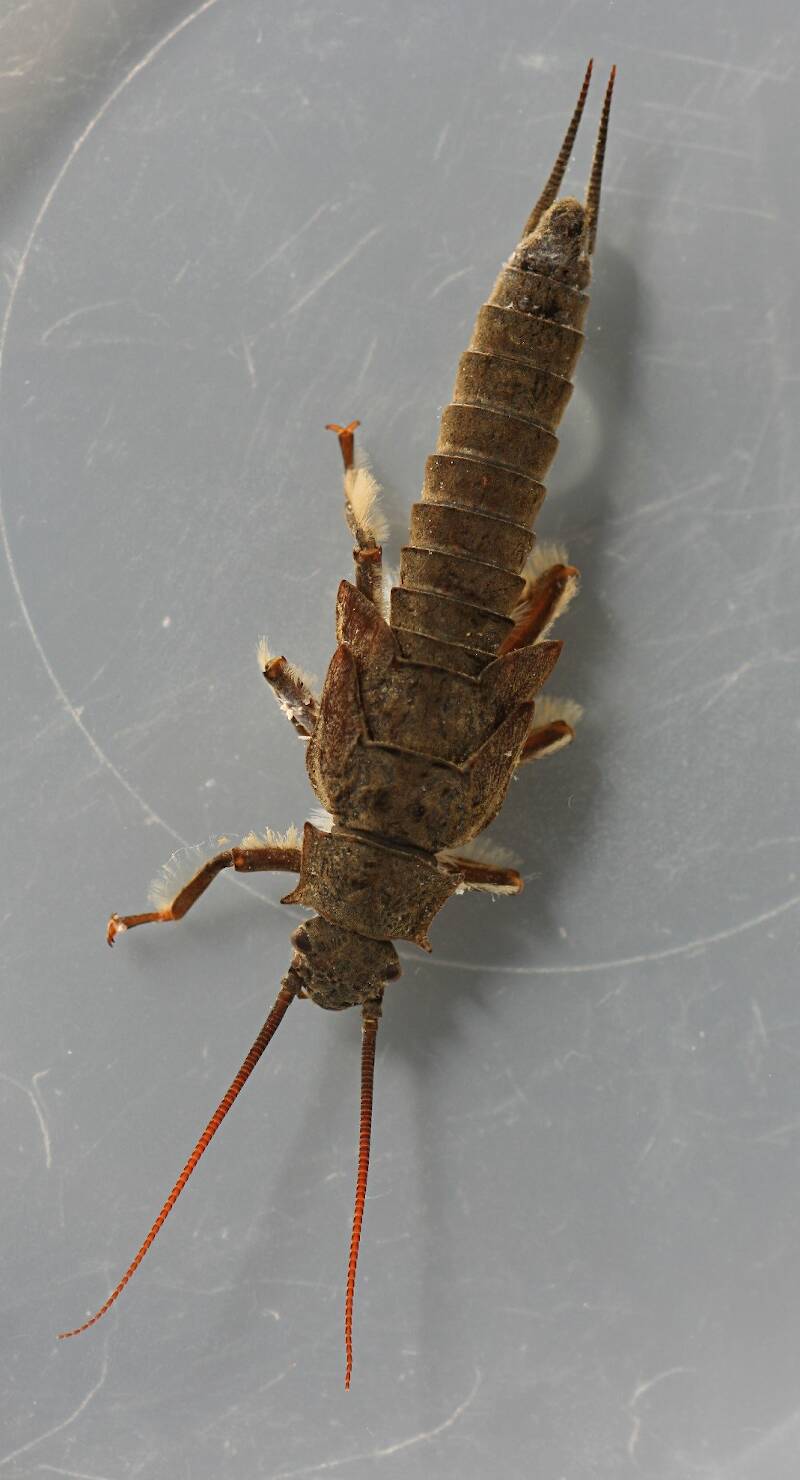
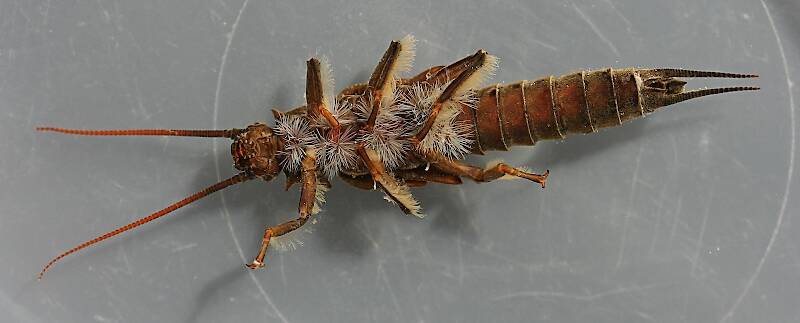
Millcreek on Jun 13, 2016June 13th, 2016, 6:28 pm EDT
These are relatively uncommon in the Russian River. They are more common in its tributaries. Typically they are found in fast glides or riffles.
They can be confused with Pteronarcella or other species of Pteronacys but Pteronarcella have a rounded pronotum and gills on the third abdominal segment while the only other known species of Pteronarcys in the area, Pteronarcys princeps has a less pointed pronotum.
They can be confused with Pteronarcella or other species of Pteronacys but Pteronarcella have a rounded pronotum and gills on the third abdominal segment while the only other known species of Pteronarcys in the area, Pteronarcys princeps has a less pointed pronotum.
"If we knew what it was we were doing, it would not be called research, would it?"
-Albert Einstein
-Albert Einstein
Jmd123 on Jun 13, 2016June 13th, 2016, 8:56 pm EDT
Love these big guys! Not sure if our species is the same, ours are pretty much black, and up to a size 2! And you practically have to dig into a log to find them, they like to crawl into crevices in wood. The adults are pretty impressive too!
Jonathon
Jonathon
No matter how big the one you just caught is, there's always a bigger one out there somewhere...
Millcreek on Jun 14, 2016June 14th, 2016, 5:55 am EDT
Jonathon - The species are different, but pretty much similar superficially. As far as habitat goes ours seem to prefer a bottom of large gravel and cobbles. The adults are impressive and pretty poor fliers. They just lumber along.
"If we knew what it was we were doing, it would not be called research, would it?"
-Albert Einstein
-Albert Einstein
Quick Reply
Related Discussions
Topic
Replies
Last Reply
1
Oct 28, 2008
by GONZO
by GONZO
0
May 19, 2007
by GONZO
by GONZO
17
Nov 22, 2014
by Millcreek
by Millcreek
4
Sep 4, 2012
by Entoman
by Entoman
Re: You Western anglers - any experience with the Giant Orange Sedges?
In the Caddisfly Genus Dicosmoecus by Troutnut
In the Caddisfly Genus Dicosmoecus by Troutnut
7
Jan 7, 2009
by Dgracia
by Dgracia

